In today’s world of digital, taking pictures in black-and-white is something of a lost art form. Color is the dominant way to go, which is something of a pity. While color photography naturally provides a far wider range of shade, a big portion of the appeal of black-and-white photography is the relatively subdued monochromatic character.
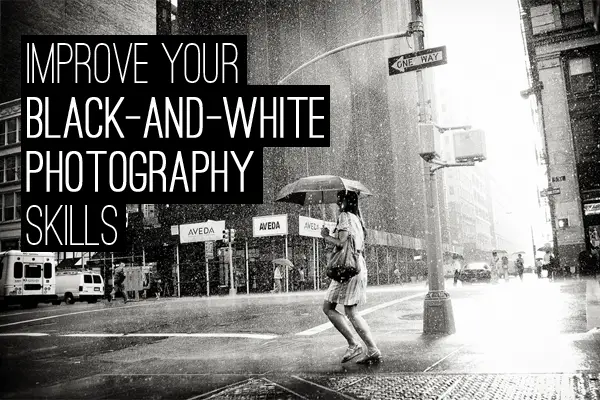
Still seen as the purest version of photography, black-and-white photography doesn’t impede the viewer with distractions, which color photography does all day long. The fundamental building blocks of a picture are its form, lighting, tonal contrast, texture and shape. All these fine aspects get covered up when you add color to the mix. That’s why black-and-white photography is a real art form.
Without further ado, here are some definitive tips for improving your black-and-white photography skills.
Adjust to Shooting in RAW
It takes making an adjustment for some photographers to take their photos in RAW because they either don’t know how or their cameras are somehow limited. Shooting in Raw, however, affords you the greatest control possible in your postproduction endeavors, especially when compared to JPEG. Should you take a snapshot of a scene that you later determined not to look as nice in black-and-white as you’d have wanted, you can easily make adjustments with RAW.

That’s not to say, of course, that you can’t shoot black-and-white with JPEG. It’s just that it’s more restrictive in the postproduction phase than RAW is. If you don’t believe us, just do an experiment on your own: Take a black-and-white photo in RAW and another in JPEG, and see how far you get with each in the postproduction stage!
Ever Hear of Silver Efex Pro? You Should!
If you really want to excel at producing some of the finest-quality, black-and-white images this side of the Milky Way Galaxy, then you should definitely investigate Silver Efex Pro. This is a Lightroom or Photoshop plugin that exists for the sole purpose of making black-and-white images look beyond stellar.
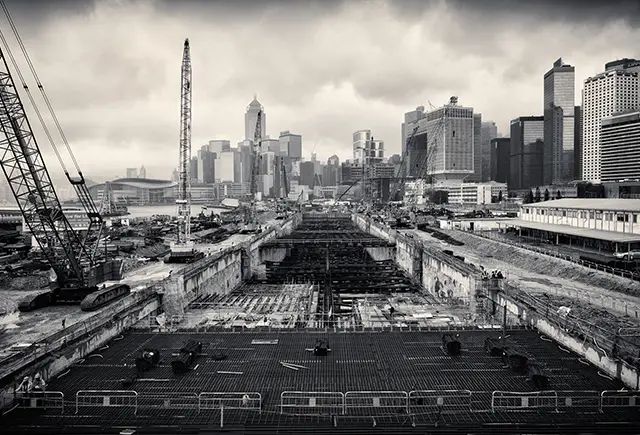
The price may be a tad off-putting to some photographers out there—it currently costs $149 and is available from Google, believe it or not—but it is worth your money if you are passionate about this type of photography. It’s totally up to you, but we think, if you’re going to be serious about black-and-white photography, why not spend some cash on perfecting your art?
Locate a Wide Range of Grays
Grays are your best friends in photography of this type. Sure, the black and white will incorporate good amounts of interesting features into your images, yet that quality is inadequate all by itself. What you want to additionally do is incorporate a huge range of different tones of gray for a very aesthetic effect.
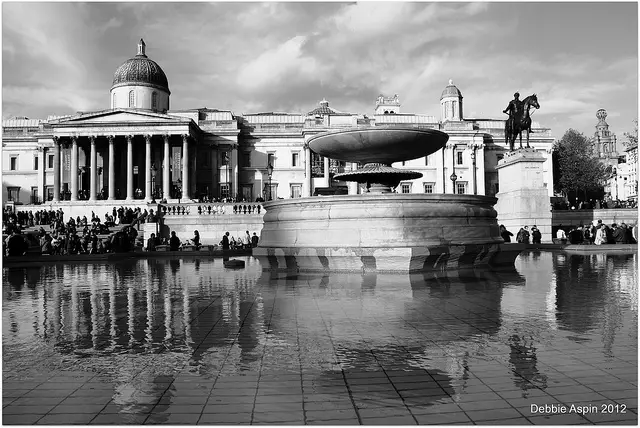
What adding grays will do to any black-and-white picture is that it will make it appear less dull. In other words, it will make the picture look more exciting. Succeed at incorporating more tones of gray by simply utilizing flash. The use of flash will throw a mixture of shadows as well as highlights onto specific spots of your image.
Master the Art of Great Tonal Contrast
What’s tonal contrast? It’s what happens to any good photographer when he finally learns to stop seeing everything in color—literally as well as figuratively. In its simplest explanation, tonal contrast is just the difference between various shades in a photograph. More specifically, it’s the difference between colors that have been converted to black and white.
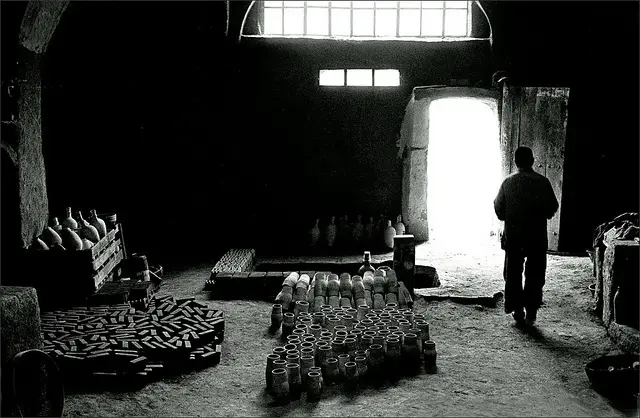
You see, when colors change to black and white, they turn into shades of gray. The darker colors will turn into dark tones while the lighter colors will turn into highlights. The differences between these shades are what one calls tonal contrast.
Only Shoot With a Low ISO
Some of you may be surprised to read this tip here, given the fact that lots of photographers already take color pictures with a low ISO. Nonetheless, when it comes to black-and-white photography, it is doubly important that you use a low ISO. The reason that shooting with the lowest possible ISO takes on added importance is because the noise created by the ISO becomes even more blatant.
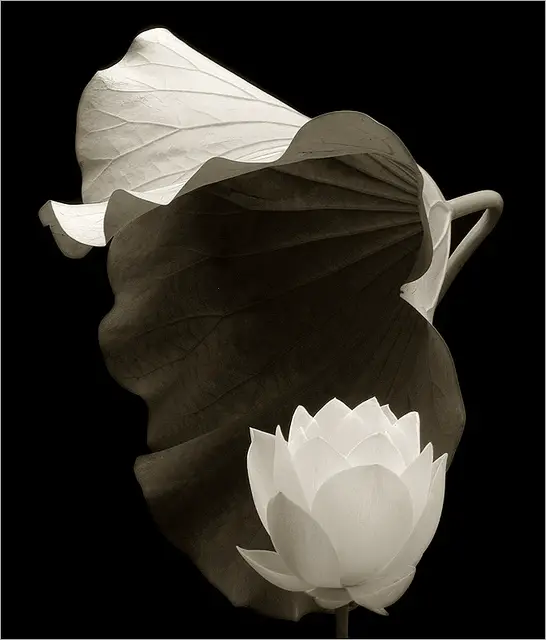
On the flipside, it’s always more than possible to add this noise (or grain or whatever you want to call it) back into your images during postproduction. That’s not an issue. The problem is going the other way—removing the noise from your black-and-white images because they’re too disruptive. Thus, shooting with the lowest possible ISO from the get go…is the way to go!
Don’t Neglect Composition
Black-and-white photography demands good composition! Composition tips in general will always apply to your photography, even if it is in black-and-white. Anything you’ve been doing to ensure good composition for your color photos you’ll also want to apply to your black-and-white images.
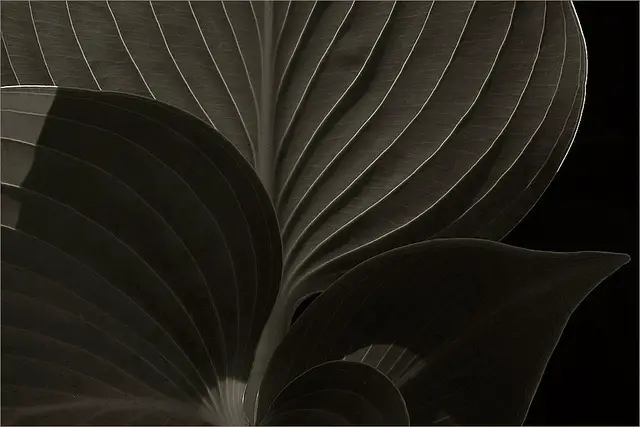
There’s clearly a big difference, nonetheless: With black-and-white photography, you are at a disadvantage. You will not be able to utilize color to guide a viewer’s eyes into or even around your image. As a way of coping with this disadvantage, you simply have to train your eyes more to glance at the various tones, shapes and even textures within your frames as the points of interest. You have to pay especial attention to the different highlights and shadows since they will become the stars of your shots.
Black-and-White Photography Is Timeless
Black-and-white photography is a timeless art form that is still as attractive to the eye today as it ever was. Although color photography is clearly the standard, there will always be a spot for black-and-white shots in any photographer’s collection. When you are sick of color and all of its distractions, then you’ll want to appreciate the unmistakable grays of black-and-white photography with greater fervor than ever.
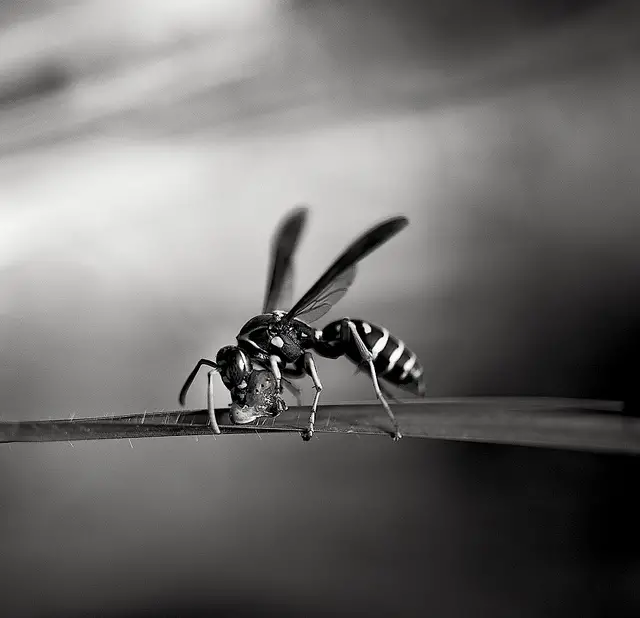
If you’ve been used to shooting in color for your entire professional or amateur career, it may be time to consider trying your hand at black-and-white photography. To excel as a photographer, you’ll want to be well-rounded, and what better way to learn new skills than to experiment with some black-and-white shots?
What are your thoughts on black-and-white pictures? Are they outmoded these days because of color, or are they as fashionable as ever? Sound off in the comments section below!









I agree completely that black and white is the purest photography form, as well as timeless. With enough color, you could turn a terrible photo into something marvelous, yes, but with black and white you can really see it.
Thanks for reading, Anna. It’s nice to see that there are still some black-and-white photography fans, like you, out there!
I have photographed hundreds of weddings and was was fortunate to have one request a total black n white shoot. The change in approach was entirely liberating and resulted in one of my best overall collections to date. Light, shadow and form.
Amen, John. Too bad more people don’t request black-and-whites! Guess we need to educate them with more articles like this. Do you have any pictures of your black-and-white shoot?
I learned what little I know about photography in black & white, and in many ways I will always prefer it to colour (although as I currently shoot a LOT of nature photos I mainly work in colour!)